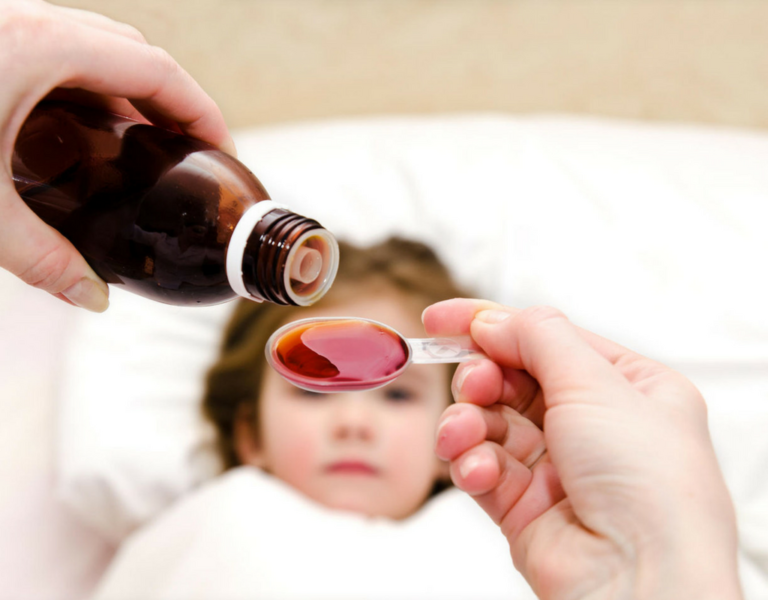Sports are a great way to introduce children to an active lifestyle, build camaraderie with their teammates, and expend extra energy. While there are numerous physical, social and emotional benefits to playing sports, it is vital to consider safety before, during, and after sports to prevent injury. Follow the safety tips below to ensure your kids can continue to play the games they love.
Sports Physical
An often overlooked step in sports safety is the pre-season physical. This exam will determine if the child is fit to play and raise awareness of any pre-existing conditions that could worsen if not treated. At this point, we also recommend talking to your young athlete so that they understand that they can come to you or another adult if they are experiencing discomfort or pain while participating in the activity. Remember, early detection and intervention can limit the extent of injury.
Equipment
Once your child has been cleared to participate, it is essential to make sure they are dressed in the appropriate gear. Proper equipment such as helmets and pads should be worn when required. For the equipment to be effective, it needs to be used correctly and fit properly. Teach your child how to use their gear and when it should be worn.
Warm-up
Talk to your child’s coaches and assistants to ensure they are implementing warm-ups that prepare the body for the physical challenges it might encounter during the activity. On top of preventing injuries, a well-thought-out warm-up routine can also improve the player’s performance as it loosens muscles and prepares the body for physical activity.
Recovery
When signing your child up for extracurricular activities, keep in mind that their developing bodies also need time to recover. One of the most common sports injuries among children is related to not having enough time to rest between activities. Make sure to include time for your young ones to relax, play and have fun outside of planned activities. In addition, a good night’s sleep is a great way to improve your child’s mood and performance in both school and sports. To learn more about the importance of a good night’s sleep, read our All About Sleep blog.
Diversification
Another way to minimize the chances of your child suffering from pain and sports-related injuries is by encouraging them to participate in a variety of recreational activities. By changing up the sports, the child can strengthen different muscles and parts of their body. Cross-training minimizes the chances of putting continued stress and pressure on the same joints and muscles.
Lastly, don’t forget about hydration. Physical exercise leads to our bodies working extra hard to keep us cool. During the cooling process, our water levels in the body decrease, which is why it is important to hydrate during physical activities. Watch your child for signs of dehydration or heat-related symptoms such as dizziness, confusion, or nausea.For more information on sports safety and injury prevention, visit https://kidshealth.org/en/





